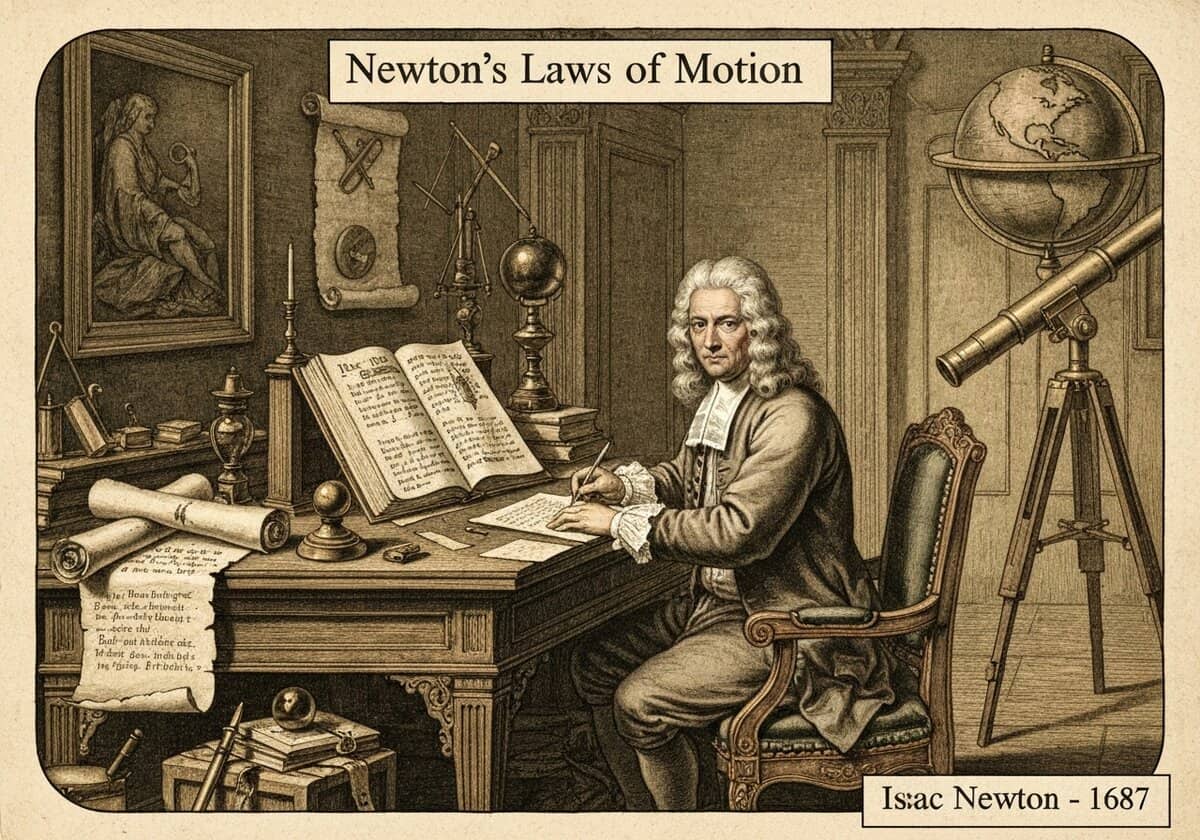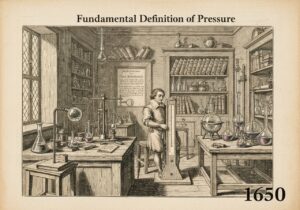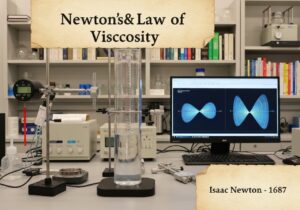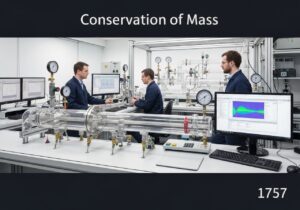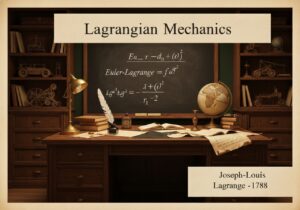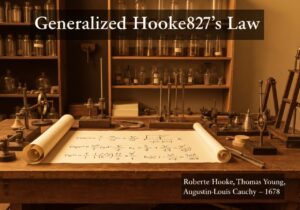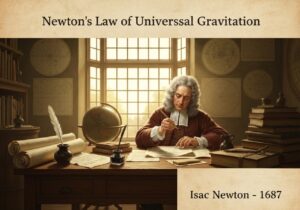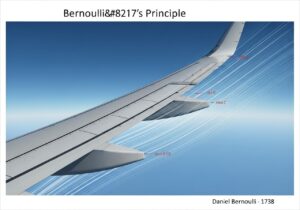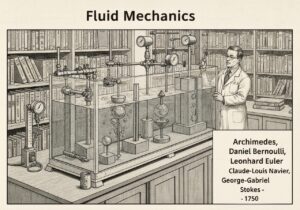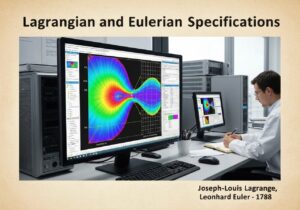A set of three physical laws forming the basis of classical mechanics. Die first law (inertia) states an object remains at rest or in uniform motion unless acted upon by a net external force. The second law quantifies force as mass times acceleration, [latex]\vec{F} = m\vec{a}[/latex]. The third law states that for every action, there is an equal and opposite reaction.
Published in his 1687 work, *Philosophiæ Naturalis Principia Mathematica*, Newton’s three laws of motion revolutionized science. They provided a complete framework for describing the motion of everyday objects, forming the bedrock of what is now known as classical mechanics.
The First Law, the law of inertia, defines an inertial reference frame—a frame of reference where the law holds true. It states that an object’s velocity is constant unless a net force acts upon it. This was a departure from the Aristotelian idea that motion required a continuous force.
The Second Law is the quantitative core of classical dynamics. It states that the net force on an object is equal to the rate of change of its momentum. For an object with constant mass [latex]m[/latex], this simplifies to the famous equation [latex]\vec{F} = m\vec{a}[/latex], where [latex]\vec{F}[/latex] is the net force vector and [latex]\vec{a}[/latex] is the resulting acceleration vector. This is a differential equation, and solving it allows for the prediction of an object’s trajectory through time.
Der dritte Hauptsatz, das Gesetz von Aktion und Reaktion, besagt, dass Kräfte immer paarweise auftreten. Übt Objekt A eine Kraft auf Objekt B aus, übt Objekt B gleichzeitig eine gleich große, aber entgegengerichtete Kraft auf Objekt A aus. Dieses Prinzip ist grundlegend für das Verständnis von Wechselwirkungen und führt direkt zum Impulserhaltungssatz.
Diese Gesetze sind für die makroskopische Welt bei Geschwindigkeiten, die weit unter der Lichtgeschwindigkeit liegen, bemerkenswert genau. Ihre Gültigkeit bricht im Bereich der speziellen Relativitätstheorie (bei hohen Geschwindigkeiten) und der Quantenmechanik (auf atomarer und subatomarer Ebene) zusammen, wo sie durch allgemeinere Theorien ersetzt werden.

